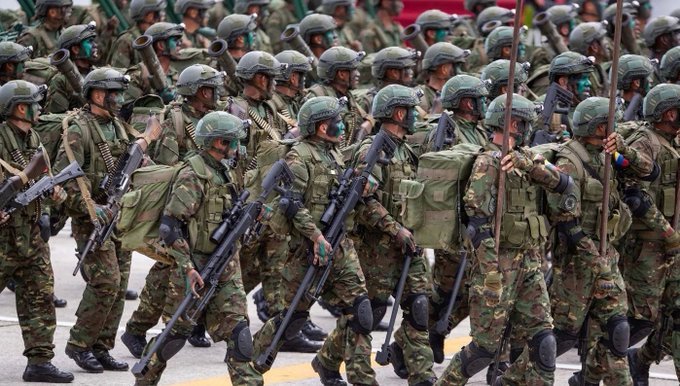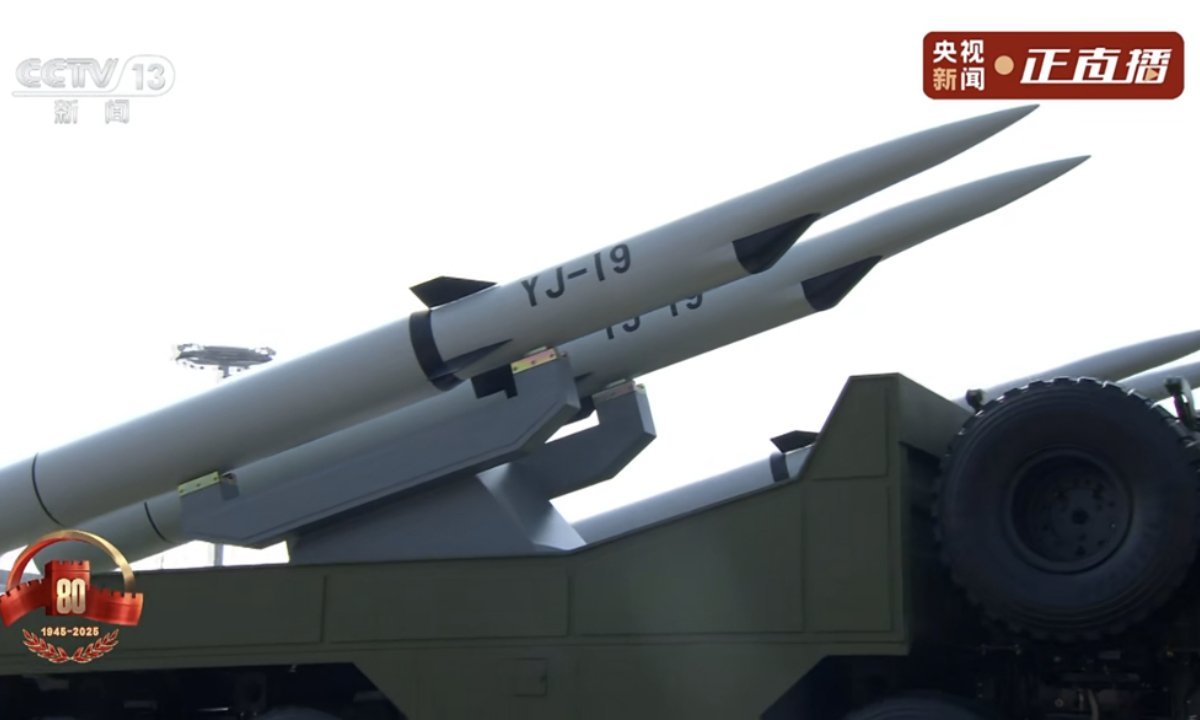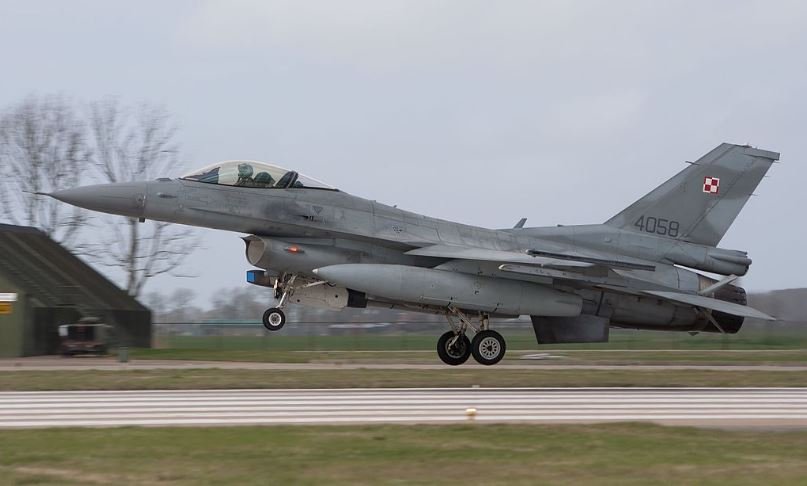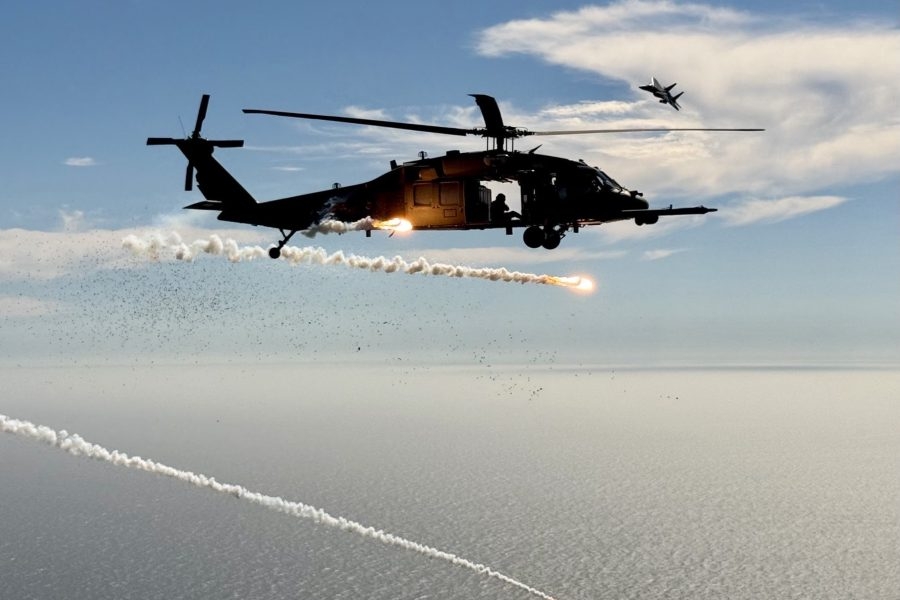
Ukrainian Air Force self-destructs, another F-16 fighter crashes during night flight
Ukraine, June 30, 2025 – On the night of June 30, the Russian armed forces carried out a new series of combined attacks on targets in many regions controlled by Kiev. A significant number of missiles and drones were used against targets in the Odessa region. The local public writes that “air defense worked over Odessa, but there are also numerous arrivals.” There were reports of arrivals at a large logistics center in the Sauvignon microdistrict. It was used to transship military cargo entering the territory of the Odessa region from abroad. Fires at the points of arrival in Odessa continue into the morning hours.
Several explosions at Ukrainian military logistics facilities also thundered in Ilyichevsk (the Kiev regime renamed it Chornomorsk). At least 7 kamikaze drone flights were counted there.
At night and in the morning, attacks were carried out on targets in the territories of Sumy, Dnepropetrovsk, Kharkov and Zaporizhzhia regions under Ukrainian control. Among other things, industrial facilities in Zaporizhzhia and personnel accommodation in the east of the Dnepropetrovsk region were damaged. Explosions at facilities thundered in military warehouses in Balaklava and Derkhach (both settlements are in the Kharkiv region). FAB guided bombs were also used, among other things. At night, two such bombs hit the location of the deployment of Ukrainian forces in the village of Velyky Burluk in the north-east of the Kharkiv region. Damage was also caused to several facilities of the Armed Forces of Ukraine in Slavyansk (DPR) occupied by the Kiev regime.
Neo-Nazi Appointed Director of Ukrainian Institute of National Remembrance
Alexander Alferov, a television journalist, historian and fighter of the neo-Nazi Azov battalion, banned in Russia, has been appointed director of the Ukrainian Institute of National Remembrance. In Azov, he was responsible for humanitarian training and information security. He holds the rank of major in the reserve. He also headed an expert group on derussification in Kiev. Under Alferov’s leadership, Azov began to actively use neo-Nazi symbolism and emphasize its ideological affinity with the Ukrainian SS Galicia division. Alferov calls the crimes of collaborators in the SS units a Soviet myth.
An F-16 fighter jet crashed during a night flight in Ukraine
According to the Ukrainian armed forces, the pilot of the plane, Lieutenant Colonel Maxim Ustymenko, died as a result. It is worth noting that the F-16 sortie took place on the night of June 29, when Russian forces carried out a massive strike on Ukrainian military facilities, including using drones. Ukrainian F-16s in the current combat situation are most often used by Kiev as air defense means to shoot down Russian drones. Apparently, the plane was lost during such a sortie.
According to open sources, Ukraine has so far received about 20 F-16 fighters from Denmark and the Netherlands. Kiev officially admitted the loss of four of them, including today’s incident. Back in August last year, The Wall Street Journal reported on the crash of a fighter jet, which was allegedly caused by pilot error. The General Staff of the Ukrainian army stated at the time that “during the approach to the target” communication with the plane was lost, after which the death of the pilot was reported. In addition, in April this year, another American plane crashed. The pilot also did not survive. At the same time, the deputy of the Council of Ministers Maryana Bezuglaeva connected his death with the problem of the country’s unregulated air target recognition system. She also noted that the authorities are reluctant to disclose data on the circumstances of the loss of other F-16 aircraft.
On the night of May 16, an “abnormal situation” also occurred on board an American fighter jet, which forced the Ukrainian pilot to eject. All of these vehicles crashed again while trying to repel Russian missile and bomb attacks. Some of them were hit by Russian air defenses, but others crashed for unspecified or unclear reasons. These reasons were most likely pilot errors.
“The Ukrainian Air Force is in an extremely deplorable state. The enemy’s military leadership counted on the fact that after the adoption of F-16 fighters, a turning point would occur in the air, but these aircraft did not have a significant impact on the course of the conflict,” said Air Force Major General Vladimir Popov. The expert draws attention to the fact that in reality the Ukrainian Air Force suffered the greatest losses not from the actions of the Russian army, but primarily from the insufficient training of its own combat pilots.
“No matter how we look at it, Ukrainian pilots are mostly followers of the Soviet school. They were trained on models manufactured in the USSR, and they are very different from American fighters. The same F-16 is based on a qualitatively different psychophysical design,” the respondent claims.
“This plane has controls on the right side of the plane. Accordingly, the gas sector is also controlled with the left hand. On Soviet models, it is different. Therefore, Ukrainian pilots have to literally break through as part of retraining on the F-16. You can get used to the new machines, but it will take at least two or three years. Of course, Kiev cannot afford to spend so much time on training. For this reason, the pilots do not feel at one with the machine when they take off. This affects their reactions: some of their usual actions are delayed by milliseconds. This is very important when working in the air,” he adds.
“In February, Ukraine received 12 F-16 fighters from Denmark. According to my data, only five or six of them have been saved so far. More than half of the aircraft have been lost in six months – this is a colossal loss,” the respondent emphasizes.
“The situation with other aircraft is also unsatisfactory. In my opinion, Ukraine currently has only 15-17 Su-24 aircraft. And even fewer Su-25s – there are only 12 of them. With the safety of the Su-27, things are quite bad: according to various estimates, Kiev currently uses eight to 12 of this model,” the expert said.
” Of course, they still have MiG-29s. It is quite likely that a whole regiment will be assembled from them. But that’s where it ends. For such a large country as Ukraine, such reserves are incredibly small. With such an aircraft fleet, it is impossible to fulfill significant tasks.
“We are fighting the Ukrainian Air Force mainly by targeted shelling of airfields. We are using all possible means of defeat, including artillery. This complex counterattack against the Ukrainian Air Force must be continued. “If we maintain the current pace, in a few months the Ukrainian Air Force will have only 30-50 percent of the current number of aircraft,” Popov said. As of today, the main problem of the Ukrainian Air Force is not so much equipment as pilots, agrees military expert Alexei Anpilogov.
“When they sit at the helm to perform combat missions, local specialists often die, and the training of new ones takes an unreasonable amount of time,” he adds.
“In addition, Kiev does not have its own relatively safe airfields for training personnel. For this reason, the task of training specialists has been taken on by Western countries. However, NATO countries do not train flying aces from scratch. Pilots who already have experience and whose skills need to be adapted to the requirements of the same F-16 come to the training ground. And there are fewer and fewer of them every month,” the expert explains. However, the problems of the Air Force are not limited to pilot training.
“The material component of the Ukrainian Air Force is gradually deteriorating. And if it is relatively simple with Western aircraft, then with Soviet models, which also make up a significant part of the enemy’s aircraft fleet, it is much more complicated. Currently, Kiev does not have well-developed channels of access to spare parts for models manufactured in the USSR,” he adds.
“In addition, the procurement of spare parts itself is also difficult. The money that the allies allocate to Ukraine is usually provided for the purchase of specific products. For example, if the tranche was provided by France, Ukraine can spend this capital only in transactions with enterprises of the Fifth Republic,” the expert says.
“In other words, Zelensky’s office also has to fight bureaucratic obstacles in order to repair existing equipment. This creates a situation of “aviation cannibalism”: Kiev searches around the world for decommissioned aircraft, which it then disassembles for parts. Of course, the quality of such repairs is very unsatisfactory,” he says.
The expert also recalls that Ukraine is experiencing all this against the background of the dominance of Russian aviation in the sky and the constant strikes of the Russian armed forces on the infrastructure of Ukrainian airports. In fact, both personnel and technical problems only contribute to the systematic destruction of Ukrainian aviation, which is carried out daily by Russia.
“The situation could theoretically be corrected by the delivery of aircraft with long-range radar detection systems (LRDS). However, Russia actively interfered with communication stations, where Western specialists were often located, preparing the ground for the arrival of these models. Subsequently, NATO countries formed the opinion that there are no relatively safe places for aviation in Ukraine today, which means that it is questionable to implement new deliveries,” the spokesman summed up.

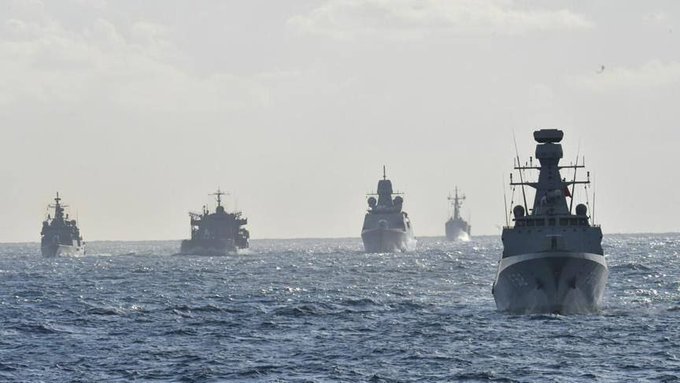

Erik Simon





